Coal tits are familiar, but fleeting visitors to the UK’s bird feeders, and can be mistaken for other tit species. Due to their small size (they weigh about the same as a fifty pence coin) they struggle to defend feeding perches against bigger, more dominant species. Therefore, they regularly take their food ‘to go’, eating in nearby bushes and shrubs.
Learn more about coal tits in our expert guide by the British Trust for Ornithology (BTO):
How to identify coal tits
If the only tits that you can confidently identify are blue and great tits, you are not alone.
Marsh, willow and coal tits all have similar colouring making them harder to tell apart. But out of the three, the coal tit is the easiest to spot.
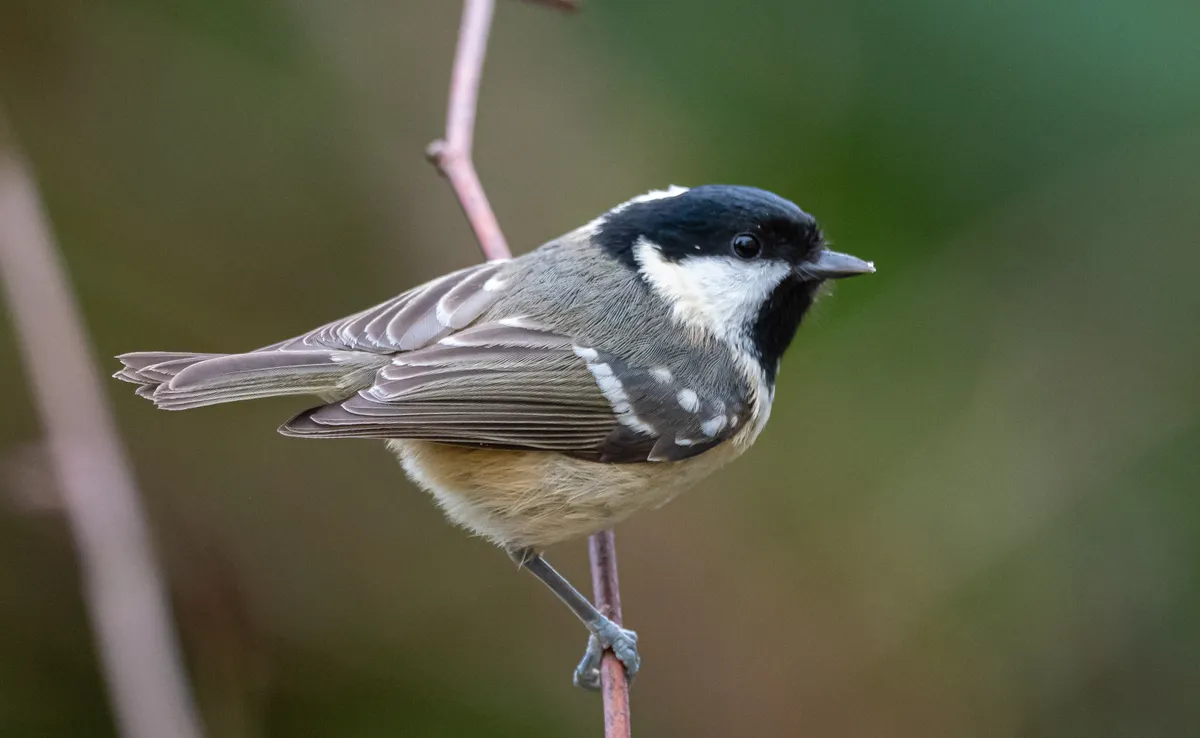
Coal tits have buff underparts and a bluish-grey back. They have a characteristic head pattern, with a black bib, white cheeks and a black cap running down to the base of the neck and the sides. However, it is from behind that the coal tit is readily identified as there is a rectangular white patch running from the top of the head down to the neck.
Please note that external videos may contain ads:
Telling apart coal tit and marsh tit. © BTO
What do coal tits sound like?
The calls of coal tits are either single fine, clear notes, or a few together like a weedy, higher-pitched version of the great tit; a thin-sounding ‘tsee-tsee-tsee.’ Their song, often delivered from the top of a tall tree, is a fast series of high-voiced ‘teachoo-teachoo-teachoo’, repeated several times.
Please note that external videos may contain ads:
#BirdSongBasics – great tit and coal tit. © BTO
What do coal tits eat?
Coal tits feed on insects and spiders, with seeds also taken in winter, mostly from the outer branches of conifers.
Coal tits will cache food to retrieve later, so it is worth watching them between June and December to see what they do with the seeds they take from feeders. When caching, they tend to regularly dart back and forth to the feeder over a short period of time. This is because their beaks are so small that they can only carry one seed at a time, as well as the fact that they take each food item to a separate location, which is known as scatter hoarding.
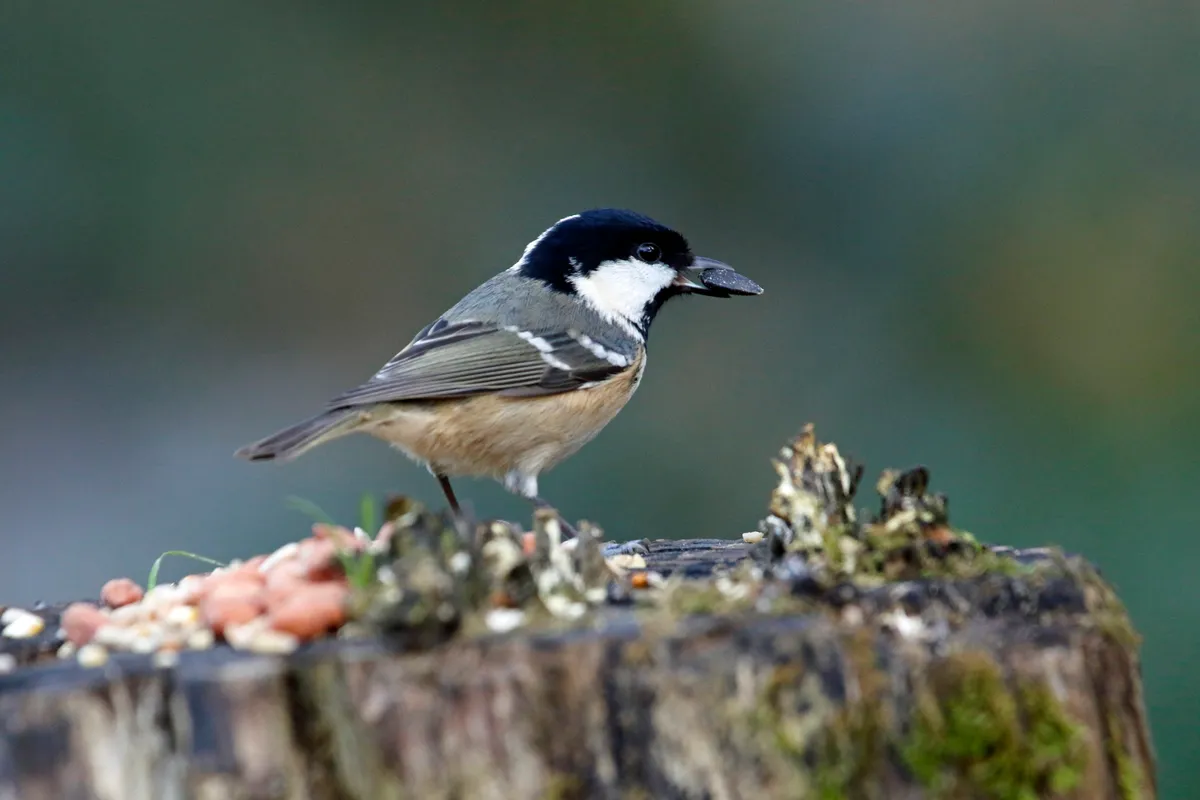
What predators do coal tits have in gardens?
Like many other small garden birds, the main predator of great tits in gardens is the sparrowhawk.
How numerous are coal tits?
According to statistics from 2016, there were 590,000 territorial males in Britain and 660,000 territorial males in the UK.
How long do coal tits live for?
Coal tits typically live for around two years. However, the current longevity record for this species is nine years and eight months.
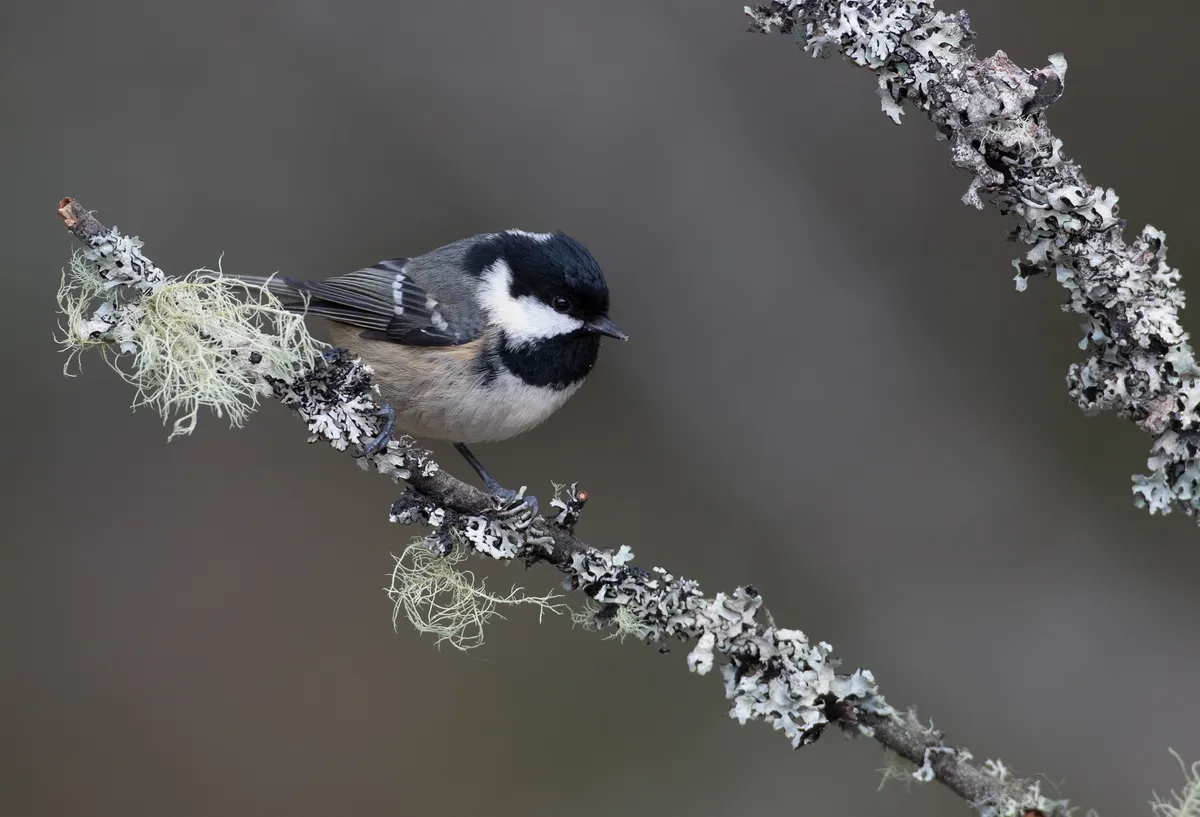
When are coal tits most frequently seen in gardens?
According to BTO Garden BirdWatch data, which has been collected since 1995, they are most frequently seen in gardens in November, in around 58% of gardens.
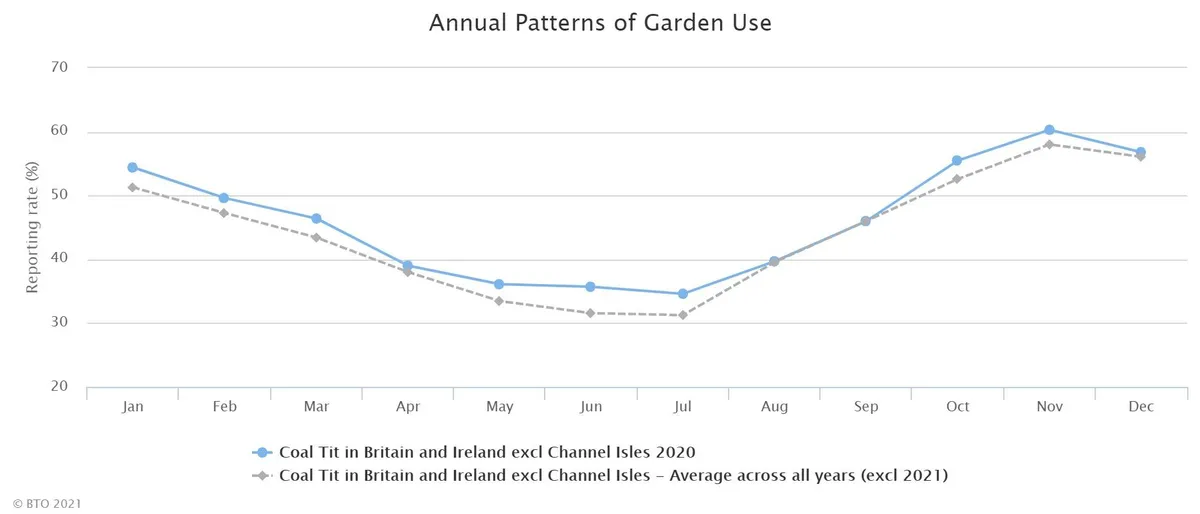
Are coal tits increasing or declining in gardens?
Coal tit numbers in gardens have remained relatively stable in gardens since BTO Garden Birdwatch started in 1995.
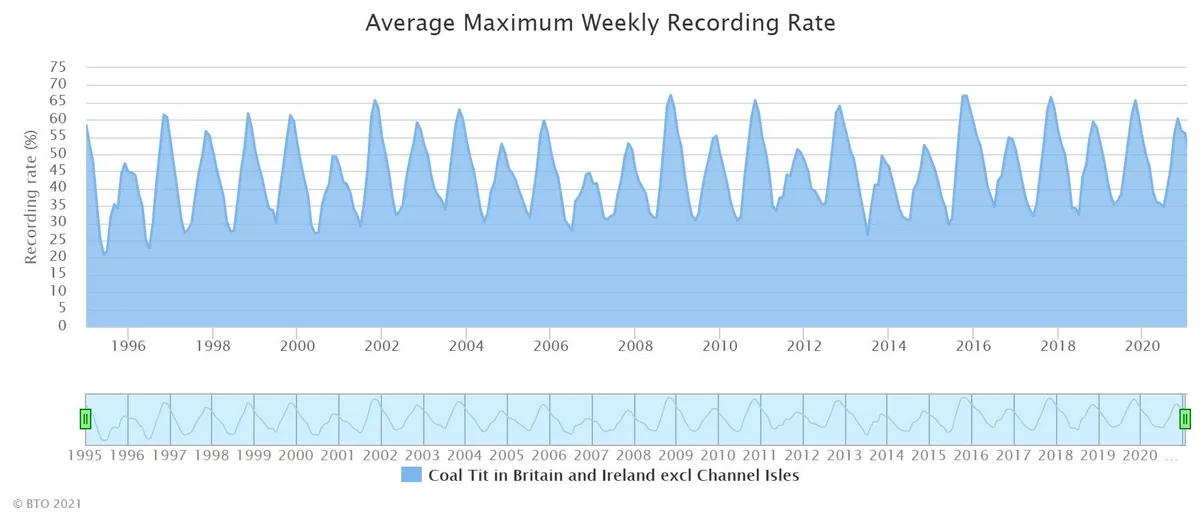
When do coal tits nest?
Coal tits nest between April and June, and have up to two broods a year. They typically lay between eight and ten eggs. These are incubated for around 16 days and young fledge after a further 20 days approximately.
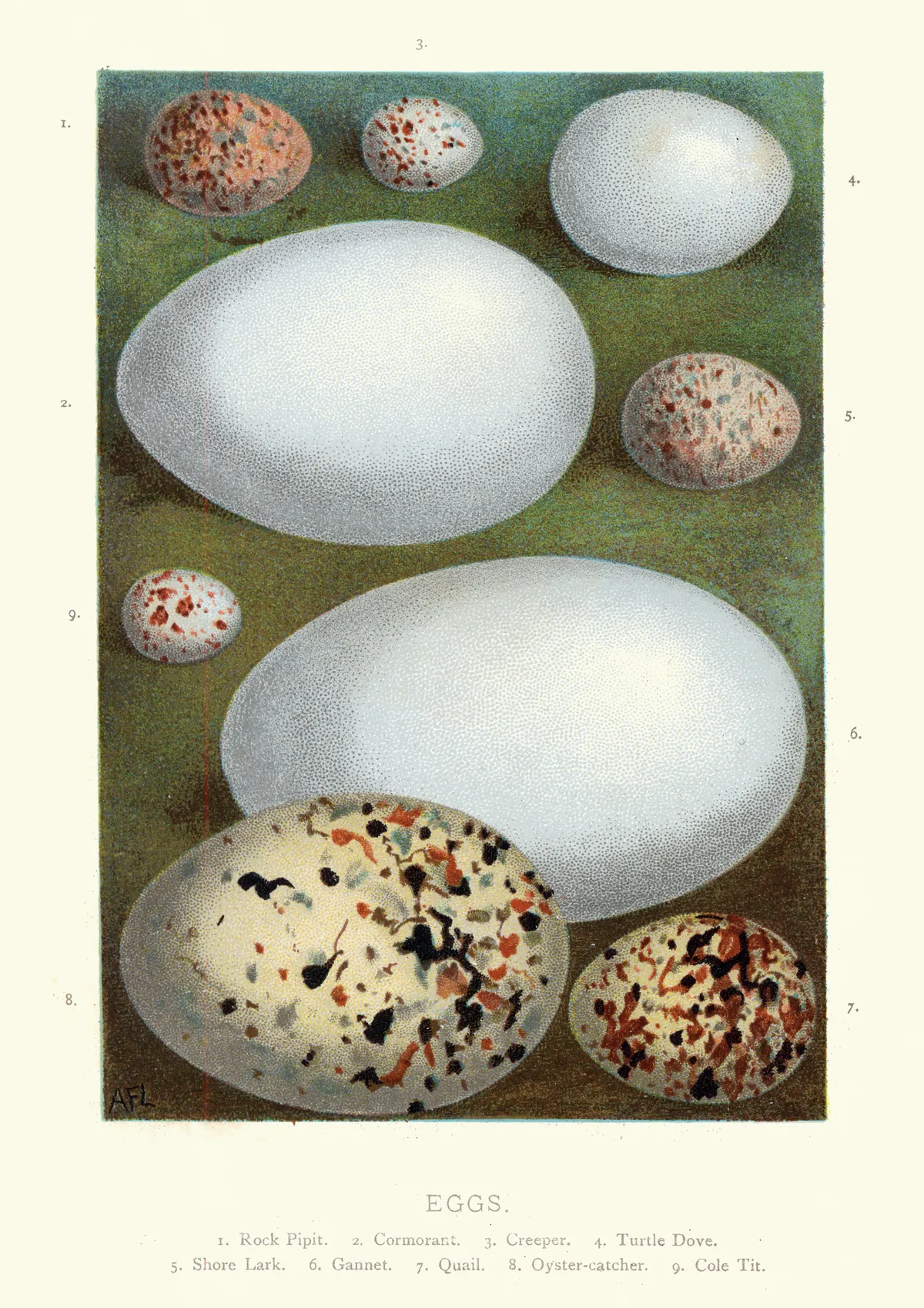
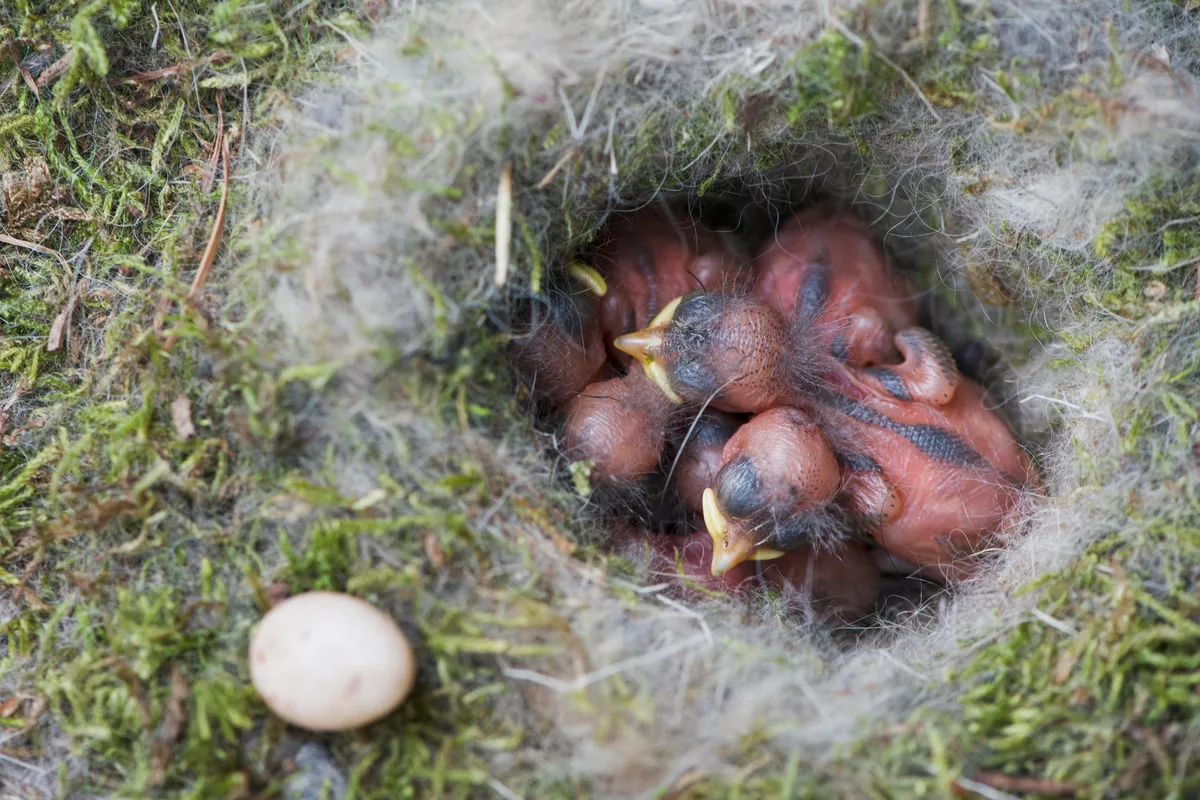
Do coal tits use nestboxes?
Coal tits nest in nestboxes with a 25 milimetre entrance hole. They sometimes nest in nestboxes that are primarily designed for blue tits.
Learn how to make a nestbox in this step-by-step guide.
What can I do attract coal tits to my garden?
You can try to attract coal tits by putting feeders out, providing fresh, clean water for them, and putting up nestboxes for them. It is important that feeders and drinking stations are cleaned regularly to prevent the spread of diseases amongst garden birds.
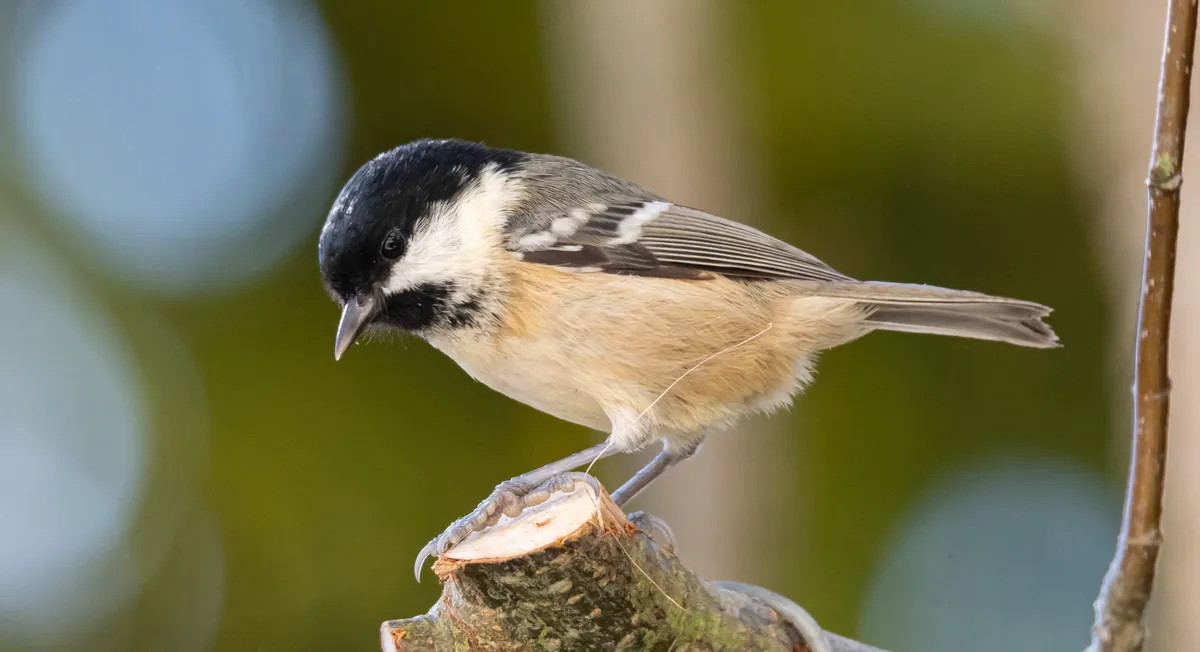
The British Trust for Ornithology (BTO) is a UK charity that focuses on understanding birds and, in particular, how and why bird populations are changing. Our vision is of a world where people are inspired by birds and informed by science.
Main image: Coal tit perched on a twig. © David Waistell/BTO
